In the heart of Central Ohio, as apartment buildings rise and charming townhouses line the streets, renters find solace in their cozy abodes. But with that sense of home comes the responsibility of safeguarding one’s personal belongings. The pivotal tool in this process? A thorough inventory for renters insurance. But why is such an inventory vital, and how can one create it? Let’s explore.
Why is an Inventory Crucial?
Imagine suffering a break-in, a fire, or water damage, and then attempting to recall every single item in your apartment for a claim. It’s daunting and nearly impossible to remember everything, especially in the stress of the moment. An inventory acts as your blueprint, ensuring you’re fairly compensated for your losses without the struggle of memory.
Step-by-Step Guide to Creating Your Inventory:
1. Start With the Big Items: Begin by cataloging large, noticeable items like furniture, electronics, and appliances. Make a list, categorizing items room by room. For instance, under “Living Room,” you might list the sofa, TV, coffee table, and so on.
2. Delve into Details: Now, dive into drawers, closets, and cupboards. While it may seem tedious, ensuring even the smaller items like jewelry, clothing, or personal gadgets are documented can make a difference in a claim.
3. Record Serial Numbers: For electronics and other valuable items, note down serial numbers. This not only aids in the claims process but can also help authorities in case of theft.
4. Take Photos or Videos: A visual record is invaluable. Take clear photos of each item, ensuring it’s well-lit and visible. For rooms, a video walkthrough, narrating the items as you go, can be beneficial.
5. Estimate Values: For each item, list an approximate value. This will aid your insurance company in determining how much you’d receive if the item is damaged or stolen. Keep receipts for expensive items, as these provide the most accurate value and proof of ownership.
6. Store Documentation: Alongside your list, store any relevant documentation such as receipts, warranties, or certificates of authenticity. These bolster the validity of your claims.
7. Utilize Inventory Apps: Consider using inventory apps or software designed to streamline this process. They often allow you to input information, upload photos, and store documents in a single, easily accessible place.
8. Store Safely & Accessibly: Ensure your inventory list (whether physical or digital) is stored in a safe place. Consider making copies or using cloud storage. This ensures you can access your inventory even if your primary copy is lost or damaged.
9. Update Regularly: Your belongings will evolve over time. Regularly updating your inventory, especially after major purchases or changes, ensures it remains current and reflective of your possessions.
10. Share with Your Insurance Agent: Once complete, it can be beneficial to share your inventory with your insurance agent. They can guide you on whether your current policy provides adequate coverage or if adjustments are needed.
Taking the time to create a comprehensive inventory for your renters insurance isn’t just a mundane task; it’s a proactive step in securing your peace of mind. With the bustling energy of Central Ohio around you, knowing your belongings are cataloged and protected allows you to enjoy your rented space to its fullest. Remember, in the realm of insurance, preparation today can alleviate potential stresses tomorrow.






